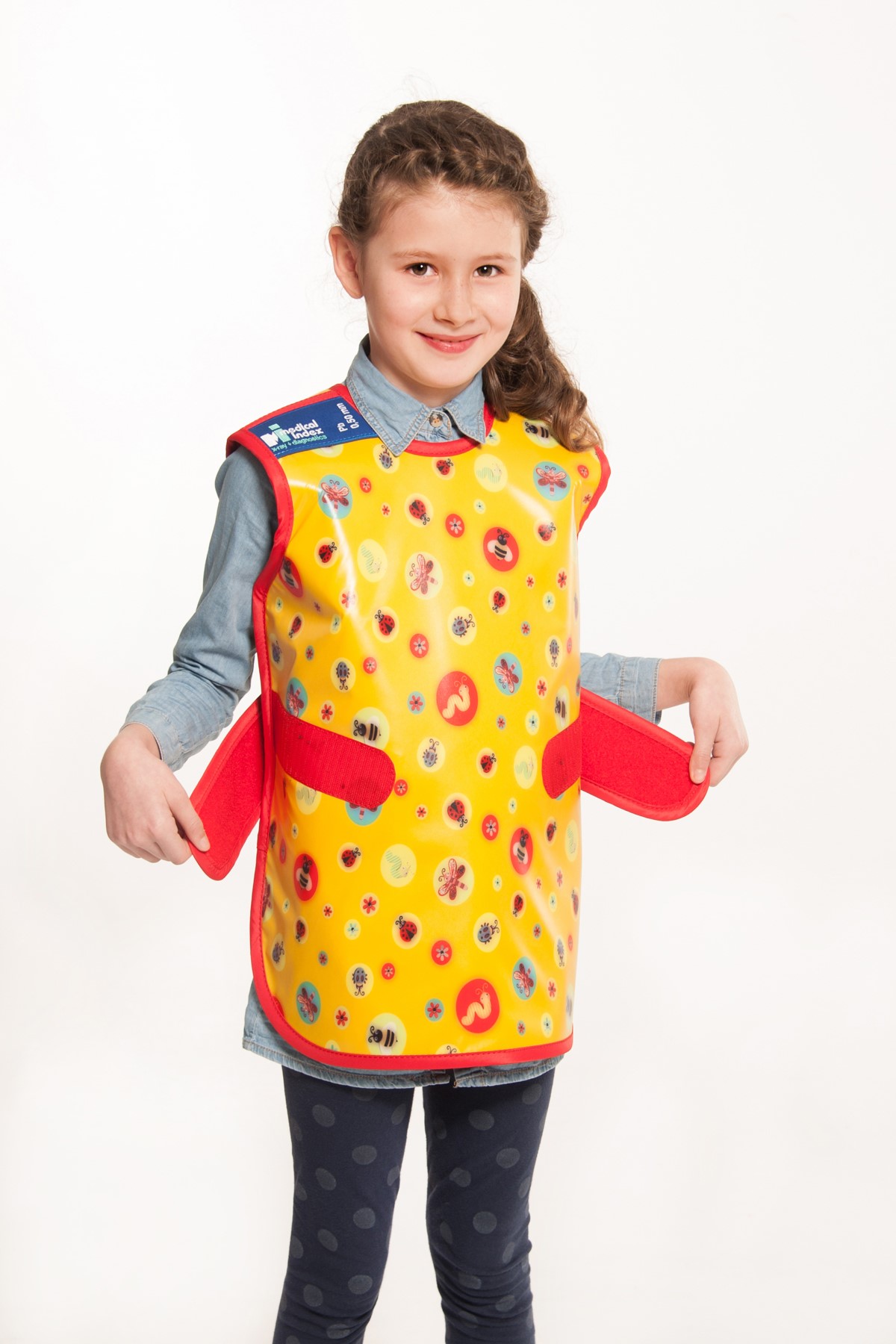X-ray Apron Children: When small patients need to be x-rayed
 Especially during active games and sports it can happen that children hurt or even break their arm or leg. Often, doctors and healthcare professionals use x-rays to diagnose the actual physical damage. For children suffering from specific disease, radiographic rays can be used for therapy. However, especially children and pregnant women caution is required. Any protective measures against the potential harmful effects of x-rays should be taken.
Especially during active games and sports it can happen that children hurt or even break their arm or leg. Often, doctors and healthcare professionals use x-rays to diagnose the actual physical damage. For children suffering from specific disease, radiographic rays can be used for therapy. However, especially children and pregnant women caution is required. Any protective measures against the potential harmful effects of x-rays should be taken.
The ALARA Principle
The International Radiation Protection Commission has a thoughtful usage of X-rays (ICRP, 2013). According to the ALARA radiation safety principle („As Low As Reasonably Achievable“), X-ray irradiation carried out should be weighed in several aspects. First, it must be decided whether an X-ray is unavoidable for diagnosis. If X-ray radiation is necessary, the amount of radiation must be adjusted. With regard to the production of X-ray equipment, too low of a level of radiation would be less effective if results were unusable or faulty due to the low radiation quantity. Correct X-ray equipment should be used, which can be set to a lower dosage for the respective body weight.
Why are children in particular vulnerable?
The child's organism is still growing. Body cells divide and are particularly susceptible to damage during this phase. Irradiation of growing cells can cause irreparable damage. Not to be underestimated is the size difference between adults and children. Stray rays can have a greater effect on the organs and body parts of children because they are closer together in a smaller space. The young age of children also plays a crucial role. Early radiation can lead to consequential damage with long-term effects on physical health.
How to optimally protect children with X-ray radiation?
The rule is that the health benefits of x-irradiation must outweigh the radiation risk, so that the use of radiation is justified. The framework for a justifiable indication should also be tightened in children. When irradiated, a quick turnaround should be made by preparing the device and accessories so that there are no delays. In particular, infants and young children may be less cooperative. Shutter speed should also be kept as short as possible. In addition, X-ray protective clothing and lead covers should be used appropriately. This includes the regular maintenance and replacement of old X-ray protection products. The clothing and the cover must be laid out in such a way that the patient is optimally protected against stray radiation and that an appropriate X-ray image can be obtained.
ICRP, 2013. Radiological protection in pediatric diagnostic and interventional radiology. ICRP Publication 121. Ann. ICRP 42 (2)

